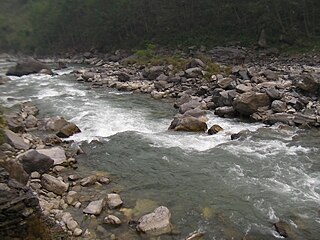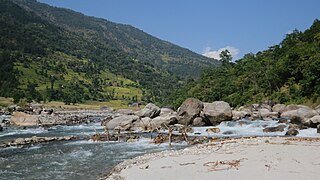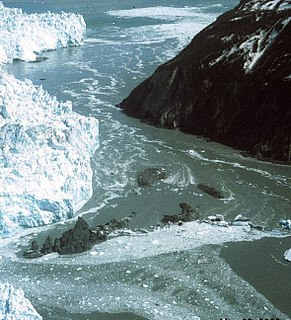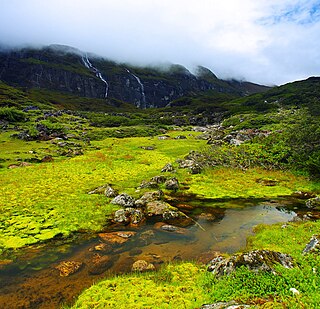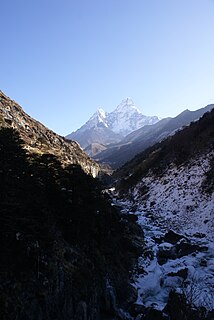| Sun Kosi (Poiqu) | |
|---|---|
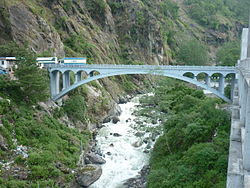 The Sino-Nepal Friendship Bridge over the Sun Kosi at Kodari | |
| Location | |
| Country | Tibet, Nepal |
| Physical characteristics | |
| Source | |
| ⁃ location | Tibet |
| ⁃ elevation | 8,012 m (26,286 ft) |
| Mouth | |
⁃ location | Confluence with Arun and Tamur to form Saptkoshi at Trivenighat, Nepal |
⁃ coordinates | 26°54′47″N87°09′25″E / 26.913°N 87.157°E Coordinates: 26°54′47″N87°09′25″E / 26.913°N 87.157°E |
⁃ elevation | 640 m (2,100 ft) [1] |
| Basin features | |
| River system | Koshi River |
| Tributaries | |
| ⁃ left | Tamba Koshi, Likhu Khola, Dudh Koshi |
| ⁃ right | Indravati River |
The Sun Kosi, also called Sun Koshi, is a trans-boundary river that originates in the Tibet and it is part of the Koshi or Saptkoshi River system in Nepal. [1]

The Tibet Autonomous Region (TAR) or Xizang Autonomous Region, called Tibet or Xizang for short, is a province-level autonomous region in southwest China. It was formally established in 1965 to replace the Tibet Area, an administrative division the People's Republic of China (PRC) took over from the Republic of China (ROC) about five years after the dismissal of the Kashag by the PRC following the 1959 Tibetan uprising, and about 13 years after Tibet's incorporation into the PRC in 1951.

The Koshi or Kosi River drains the northern slopes of the Himalayas in Tibet and the southern slopes in Nepal. From a major confluence of tributaries north of the Chatra Gorge onwards, the Koshi River is also known as Saptakoshi for its seven upper tributaries. These include the Tamor River originating from the Kanchenjunga area in the east and Arun River and Sun Koshi from Tibet. The Sun Koshi's tributaries from east to west are Dudh Koshi, Bhote Koshi, Tamakoshi River, Likhu Khola and Indravati. The Saptakoshi crosses into northern Bihar where it branches into distributaries before joining the Ganges near Kursela in Katihar district.
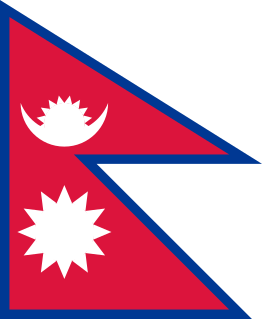
Nepal, officially Federal Democratic Republic of Nepal, is a landlocked country in South Asia. It is located mainly in the Himalayas, but also includes parts of the Indo-Gangetic Plain. With an estimated population of 26.4 million, it is 48th largest country by population and 93rd largest country by area. It borders China in the north and India in the south, east and west while Bangladesh is located within only 27 km (17 mi) of its southeastern tip and Bhutan is separated from it by the Indian state of Sikkim. Nepal has a diverse geography, including fertile plains, subalpine forested hills, and eight of the world's ten tallest mountains, including Mount Everest, the highest point on Earth. Kathmandu is the capital and the largest city. Nepal is a multiethnic country with Nepali as the official language.

